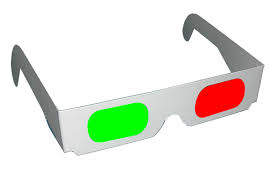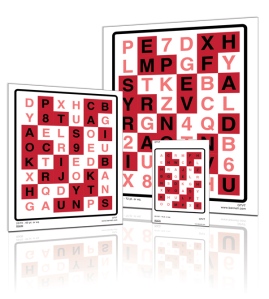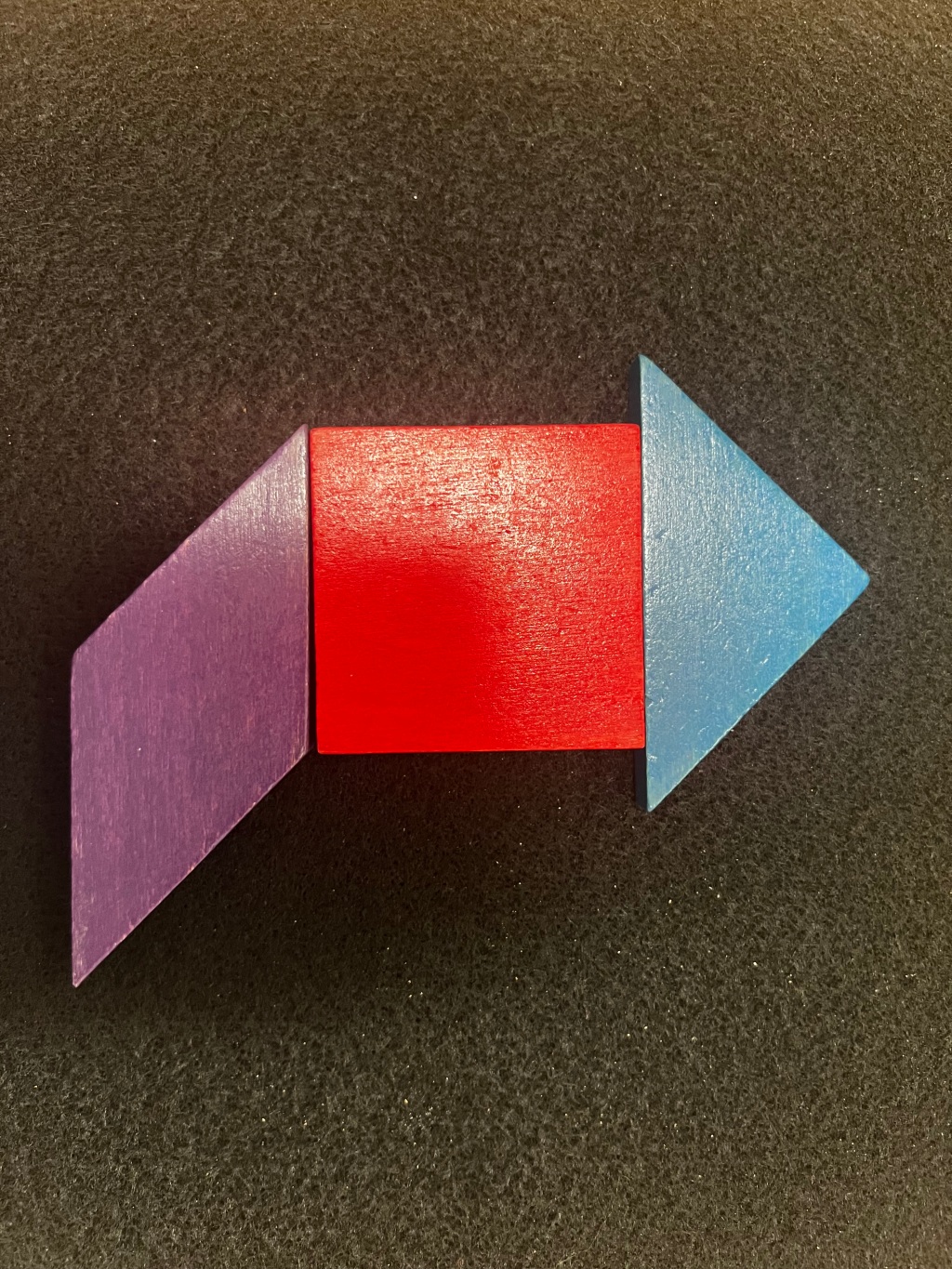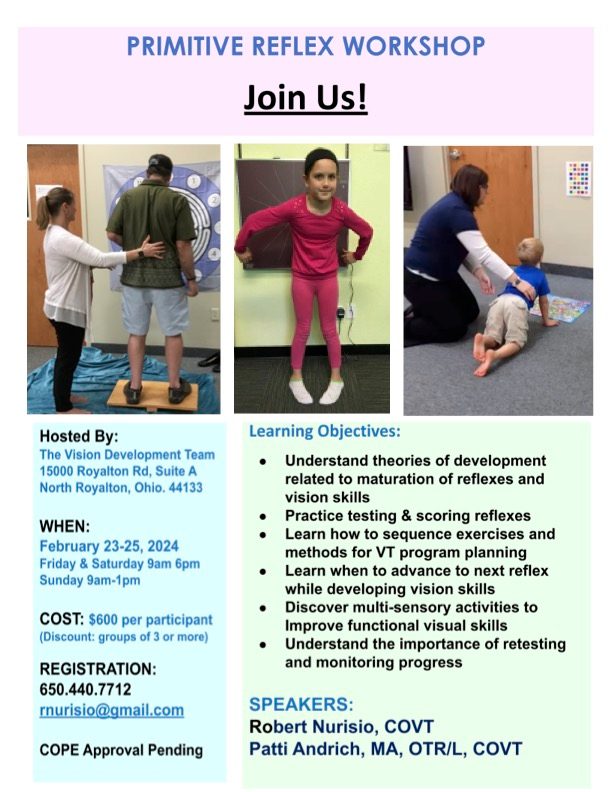White Backgrounds
Most Vision Therapy practices utilize red and green filters on one level or another. Some of us use them for anti-suppression, some for monocular fixation in a binocular field (MFBF), and some use red and green in binocular exercises such as anaglyphs. Understanding the power and process of red and green exercises can be confusing, so I’d like to take a shot at clearing it up.
The primary factor to be aware of when placing red/green filters on a patient is the target they are viewing. Red/green filters provide different stimuli for targets on black backgrounds than they do for targets on white backgrounds, they offer different information from a lighted target versus a non-lighted target, they offer different information when looking at a filter versus a colored target, and they also are not always going to provide the same binocular stability as other binocular exercises which is utilize orthogonally oriented polarized lenses. My rule of thumb when using red/green on a patient: Cura te ipsum (Latin for ‘Heal Thyself’). View the target yourself through red/green filters before ask the patient to do it and be sure that you see the target in the same manner that you’re about to ask the patient to.
For Part One, let’s review a white background with a colored but non-lighted target. In this scenario, red cancels red and green cancels green.
There are two options that are probably the most common scenario for this setup. The first is what in our office is termed “Red Racetracks”. The activity can be accomplished with a white piece of paper and a red pencil while the patient wears the red/green filters. The Vision Therapist draws a light squiggly line (best to keep it simple at first) on the paper and the patient is asked to trace the line with their finger. Provided the ambient lighting is fair to good, the eye wearing the red filter will be relatively unable to view the drawn line because the red filter cancels out the red target, while the eye wearing the green filter will see the line. Although not it’s only purpose, this activity is a great example of an MFBF activity. The purpose of MFBF is to encourage the patient to equalize their input, while keeping their periphery open to enhance peripheral fusion. It also allows the affected eye to assert cortical representation under conditions where it normally would have been suppressed by the “good” eye. MFBF also gives the patient the opportunity to equalize their own input signal, without allowing them to revert back into their amblyopia. In our example above, the “good eye” would wear the red filter while the affected eye, or “weaker eye”, wears the green filter. This allows the weaker eye to offer input where it may usually be suppressed.
Another similar activity includes the GTVT Anti-Suppression targets offered by our friends at Bernell. While wearing a pair of red/green filters, the eye wearing the red filters will not be able to see the printed red letters because in this setup, red cancels red. As before, the eye with the green filter will be the eye able to see the red letters. Again, when done in this manner, this activity can also be used for MFBF work. There are other features and ideas for using this target which will be discussed in subsequent posts, but for purposes of understanding colored targets on white backgrounds, this is a good target to use.
In review, remember when using a white background, a non-lighted red target is cancelled by the red filters. For any Vision Therapist still unsure, please, next time you have a free moment pull out the GTVT target if you have access to one, or even try the above example using a red pencil and white paper. If see it for yourself, it’s much easier to remember!
Stay tuned for Part Two: Filters vs. Targets






Leave a comment